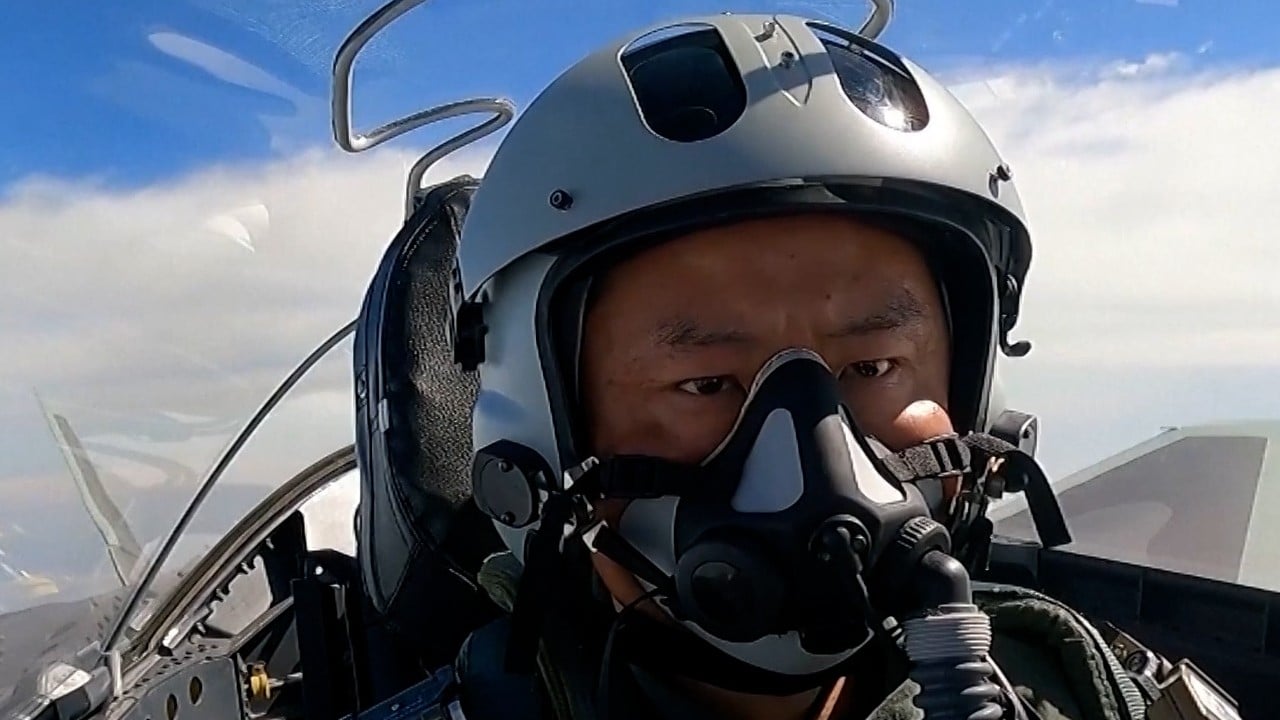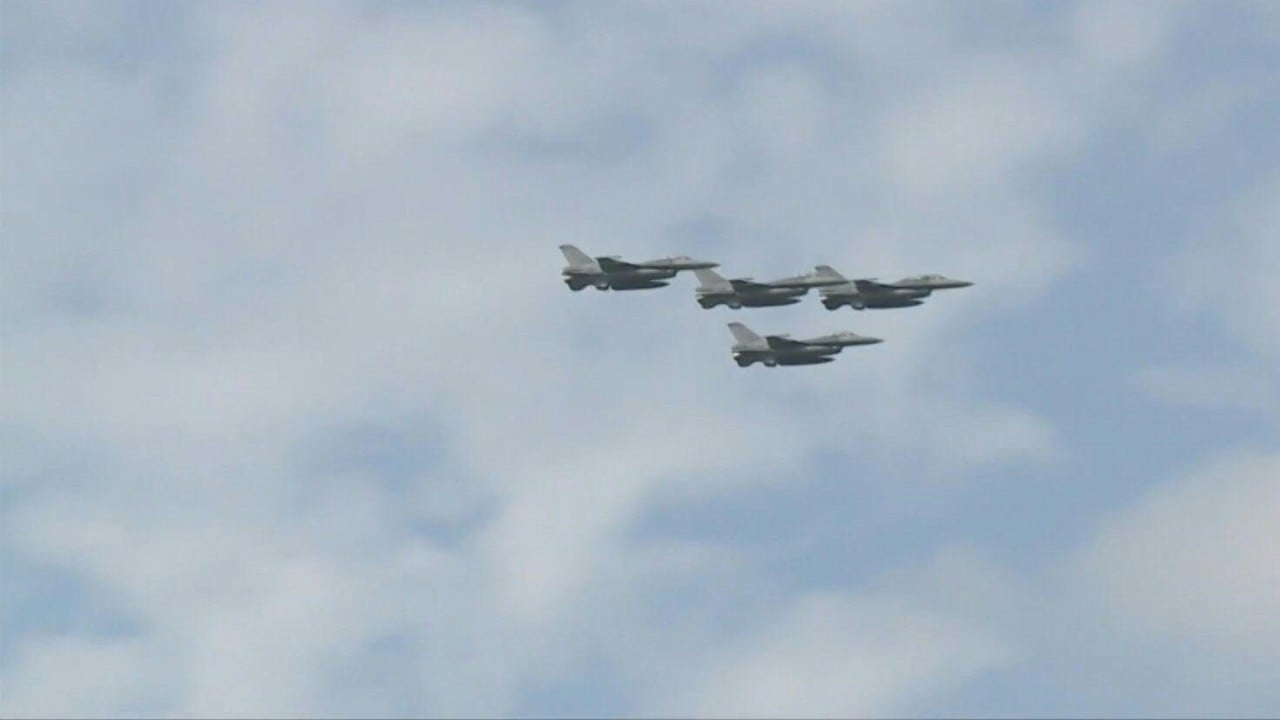
China’s J-16D: a sign in the sky of a new electronic attack warplane threat to Taiwan?
- Two of the aircraft appeared for the first time in a group that entered the island’s air defence zone on Monday
- It is a sign that the jets, equipped with electronic interference functions, are combat ready, analyst says
The appearance of two PLA electronic warfare jets in a Taiwan air defence fly-by on Monday signals a new possible threat to the island – an aircraft capable of launching direct strikes and interfering with radar systems at short-range, observers said.
According to the ministry, it was the first time the J-16Ds, which function as both fighter jets and electronic warfare aircraft, had been spotted in the zone since the aircraft made its debut at the Airshow China in September.
According to the ministry, the planes flew into the southwest of Taiwan’s ADIZ but were far from the Pratas Islands controlled by Taipei.
Observers said the sorties raised alarm in Taiwan as the J-16D was one of the most advanced People’s Liberation Army warplanes and its capacity to interfere with the island’s defence radar systems could make all the difference in combat.
Zhou Chenming, a researcher from the Yuan Wang military science and technology institute in Beijing, said the J-16D could offer “electronic support” to its wing planes.
“The first function of the J-16D is electronic support, such as jamming the enemy’s communication systems. Second is electronic suppression, which is to interfere with the radar of the enemy,” he said.
Fu Qianshao, a retired equipment expert from the PLA Air Force in Beijing, said the J-16D could support other aircraft over a short-range by interfering with enemy air defence missile bases and radar systems, and China was among only a few countries to manufacture such warplanes.
“It can take the lead in warfare with electromagnetic suppression … Then the assault group follows in its path to attack the enemy,” Fu said.
“It can use the tactics of both ‘soft’ and ‘hard’ kill,” Fu said, referring to the use of jammers to blind radars and missiles to directly attack those enemy systems.
He said that unlike other aircraft with electronic warfare capabilities, the J-16D could protect other planes at a closer range.
“Larger transport aircraft or bombers can also be converted to have electronic capabilities, but they can only jam the enemy over a long range outside the defensive zone,” Fu said.
Chieh Chung, a senior researcher at National Policy Foundation, a think tank affiliated with Taiwan’s main opposition party, the Kuomintang, said there had been some suggestion that the J-16D could deceive radars into detecting a large number of incoming warplanes.
But the J-16D’s electromagnetic system might be designed to create only a number of indistinguishable or confusing signals for a radar.
“Such a function would confuse those monitoring the radar system, leading to misjudgments from the side being targeted,” Chieh said.
He said the appearance of the J-16Ds on Monday indicated that the aircraft was advanced enough to join other warplanes in combat missions.
“Their fly-by on Monday is probably part of the PLA Air Force’s plan to test the performance of the aircraft,” he said.
Chang Yen-ting, a guest professor of National Tsing Hua University in Taiwan and a retired lieutenant air force general, said the J-16D was one of the PLA’s trump cards because the aircraft performed even better than the EA-18G Growler electronic attack jets deployed by the US Navy for carrier operations.
“The appearance of the warplanes on Monday indicates the start of mass production and the combat readiness of the planes,” he said.
Monday’s sorties came a day after 39 PLA warplanes – 34 fighter jets, four electronic warfare planes and a bomber – flew into the island’s ADIZ.
They also came after two US aircraft carrier groups, led by the USS Carl Vinson and the USS Abraham Lincoln aircraft carriers, entered the South China Sea for training on Sunday following a six-day joint exercise with Japan near Okinawa from January 17.




